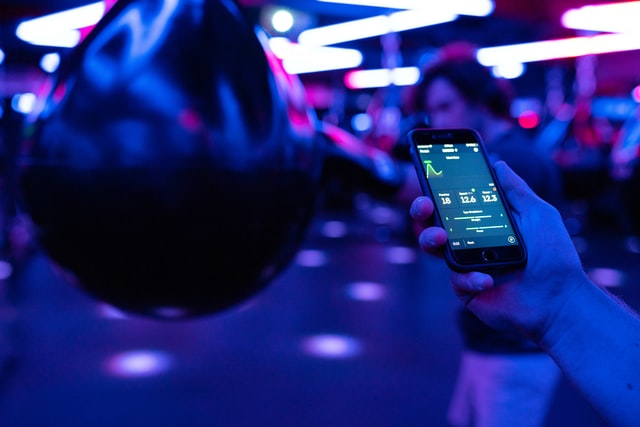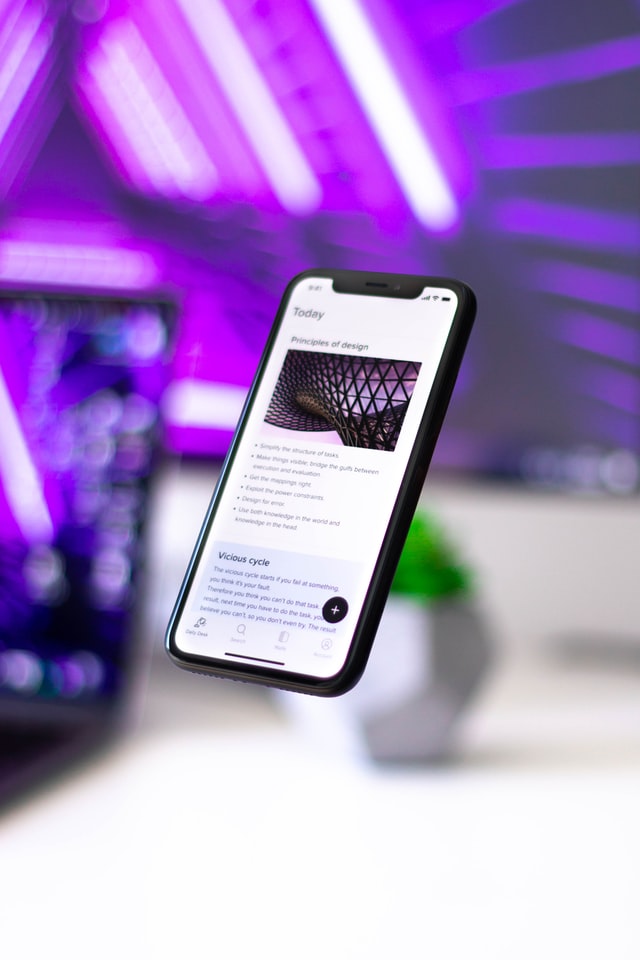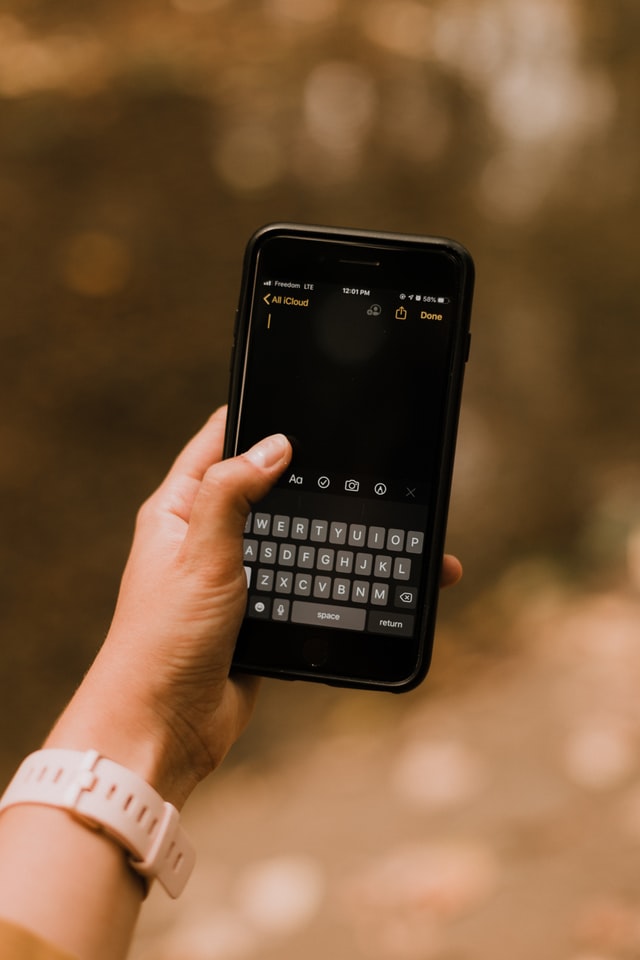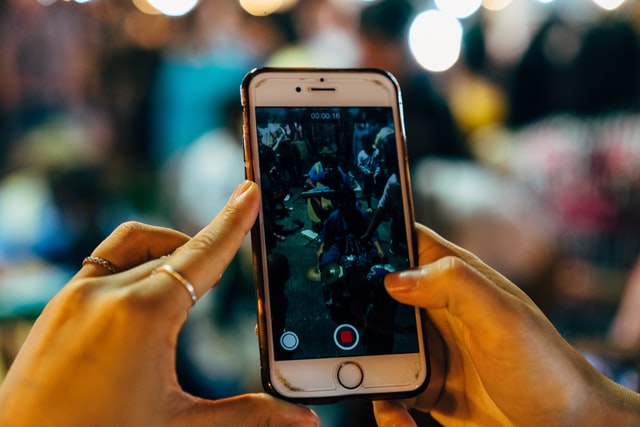
The Evolutions of Mobile Phone Industry
The coming of mobile phones has also led to the coming of mobile online casino en ligne francais gaming. But, this did not just happen overnight. It all began with the first phone going for as much as US$ 4000. Here is a brief rundown of how it all began.
The First Portable Phone
The Motorola DynaTAC 8000X was the world’s first portable mobile phone, released in 1983. It was a significant status symbol at the time and cost a whopping $4000 USD (this is the same as getting a car in the contemporary world). After two years, the first mobile phone call on British territory was conducted, with the happy recipient being the then-Vodafone Chairman Sir Ernest Harrison. Motorola followed that up the DynaTAC in 1989 with the 9800X or MicroTAC, which came with such a large group of fans as well.

The Coming OF Consumer Mobile Devices
GSM had first been introduced in Europe in 1991, with the Orbitel TPU 900 becoming the first to go into business, but it wasn’t until 1992 that cell phones were no longer limited to company use. The advent of mass manufacturing prepared the path for low-cost consumer devices with display screens. Nokia was among the first to capitalize on this transformation, releasing the Nokia 1011 that same year.
Colorful Keypads
Despite only offering four colours, the Siemens S10 was the first to bring mobile phone screens to life in 1997. The GlobalHandy, the first device without an external aerial, was released the same year by Hagenuk. Customization also took off in a major way, with Ericcson trying to offer interchangeable coloured front keypad frames. Nokia released a line of ‘Xpress-on’ interchangeable covers the preceding year.

The coming of the Feature Phone
Nokia introduced the 7110, the first handset to support WAP, in 1999. Sharp released the world’s debut camera phone, the J-SH04, a year after. This was only accessible in Japan at the time, but it marked the beginning of the general public’s infatuation with phone photography. Nevertheless, and it was not until 2002, with the arrival of the Sony Ericsson T68i and its strap cameras, that foreign economies began to take an interest.
Swiping, Scrolling, and 5G Network
Swiping and scrolling have mostly supplanted the old button-based input paradigm. In May 2007, the LG Prada was the first screen to hit the market, ahead of the Apple iPhone. Apple, on the other hand, demonstrated a better brand as well as a greater grasp of the sensitive touchscreen’s capabilities.
In May 2019, EE will deploy the UK’s first 5G services in six cities. The fifth-generation services provide significantly faster data rates and stability, enabling ultra-high-resolution video streaming and mobile gaming. Smartphone design concepts tend to favor an all-screen experience, with OnePlus integrating a pop-up selfie camera to its flagship 7 Pro smartphone in order to eliminate the notch all at once.

